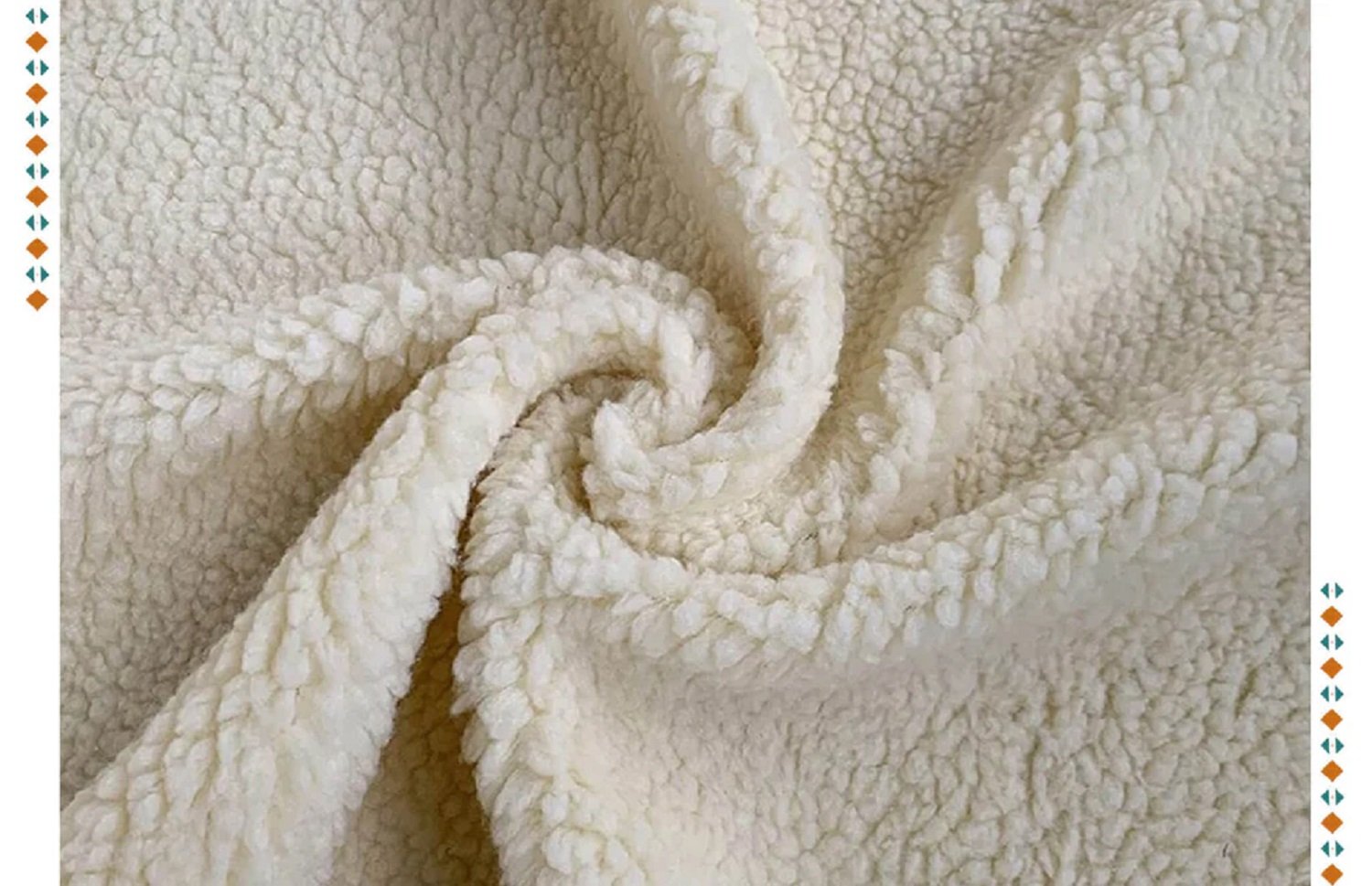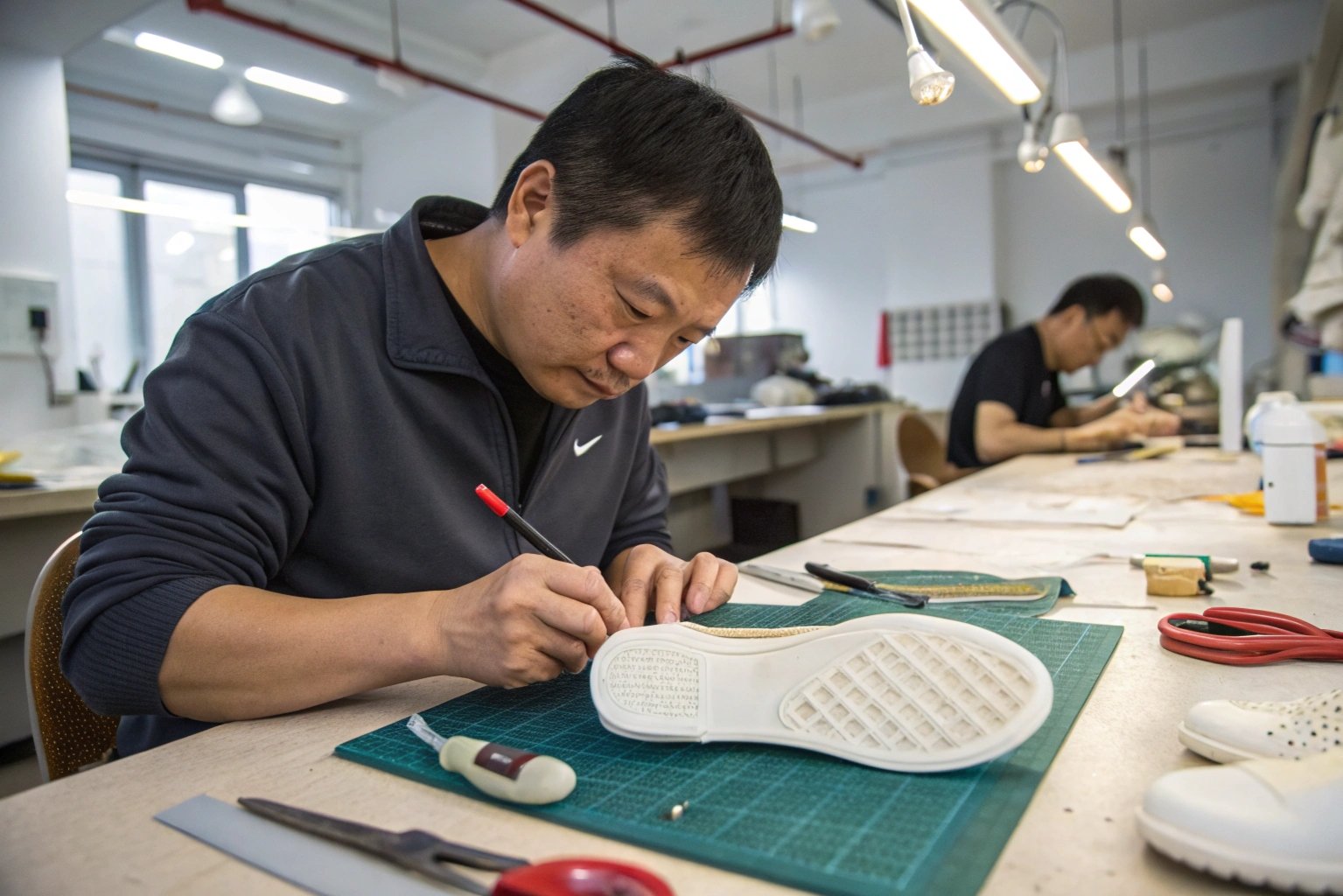Are your winter slippers shrinking or losing shape? It’s a problem, isn’t it? Don’t worry, I’ve been there. Imagine a comfy slipper turning into a misshapen foot prison!
You can control the size and shape of your winter slippers by carefully choosing materials, controlling production, and testing the final product.

You might wonder why this matters. Well, let’s get into it.
How Does Material Selection Affect Slipper Size and Shape?
Does the material of your slippers matter? Yes, it really does! Imagine building a house with flimsy wood. It won’t stand, right?
The materials used to make slippers directly affect how well they hold their shape and size. Choosing the right materials is vital.

The materials we pick really change how the slippers act. For example, natural materials like cotton and wool are super comfy, but they can shrink if you wash them wrong or they get too wet. On the other hand, synthetic materials like EVA and certain plastics don’t usually shrink, but they might stretch or get misshapen if they’re not good quality or if they get too hot.
Think about the inside and outside materials too. The outside needs to hold its shape, while the inside needs to feel good on your feet and not wear out fast. Then, there’s the sole. A good sole needs to be strong, bendy, and not wear down quickly, because that affects how the slipper feels and lasts. For example, here’s a table showing the usual advantages and disadvantages of common materials.
| Material | Advantages | Disadvantages |
|---|---|---|
| Cotton | Soft, breathable, comfortable | Can shrink, absorbs moisture |
| Wool | Warm, absorbent, natural | Can felt, expensive, requires special care |
| EVA Foam | Lightweight, waterproof, affordable | Can lose shape, not very breathable |
| Rubber | Durable, good grip | Heavy, not very comfortable |
| Faux Fur | Soft, warm, affordable | Can shed, not very breathable |
Getting the materials right is the first big step in making sure your slippers stay the right size and shape for a long time.
How Does Production Process Affect Slipper Size and Shape?
Is the way slippers are made important? Absolutely! It’s like baking a cake. If you don’t follow the recipe, it won’t turn out right, will it?
The way slippers are made has a huge impact on whether they keep their size and shape. Controlling the process is key.

How we make slippers is super important for keeping them the right size and shape. If we don’t cut the materials correctly, the pieces might not fit together properly, leading to slippers that are too tight or too loose. Also, how tightly we stitch everything together affects how well the slipper holds its form. Too loose, and it falls apart; too tight, and it can warp the material.
Heat and pressure are also big factors. When we glue parts together, we need to make sure the temperature and pressure are just right. Too much heat can make the materials shrink or melt, while not enough pressure means the glue won’t stick well. The timing is crucial, too. If we rush the process, things might not set correctly, leading to problems later on. We use specialized machinery to help control everything, and here’s a short table describing the major steps and issues to watch out for:
| Production Step | Potential Issues | Control Measures |
|---|---|---|
| Material Cutting | Inaccurate cuts leading to size variations | Precise cutting machines, regular maintenance |
| Stitching | Loose or tight stitches causing deformation | Trained operators, consistent stitch settings |
| Gluing | Inconsistent adhesion, material warping | Temperature-controlled environment, pressure regulation |
| Molding | Incorrect shaping, uneven density | Precise mold design, controlled heating and cooling |
| Finishing | Uneven trimming, inconsistent detailing | Skilled technicians, quality checks at each stage |
By paying close attention to each of these steps, we can make sure our slippers come out just right every time.
How Does Quality Control Affect Slipper Size and Shape?
Do you need to check slippers before you sell them? Yes, you really do! Imagine buying a car without testing it first. You wouldn’t do that, right?
Checking slippers for quality is essential to ensure they meet size and shape standards. Good quality control is a must.

Quality control is like the final safety net to make sure every slipper we make is up to par. It starts with inspecting the raw materials. We check for things like the right thickness, color, and strength. Then, during the production process, we keep an eye on everything to catch any problems early. We measure the size and shape of the slippers at different stages to make sure they’re on track. We also check the stitching, gluing, and overall finish to make sure everything is done right.
Finally, we do some tests to see how well the slippers hold up. We check if the colors fade, if the materials wear out quickly, and if the slippers shrink or stretch after washing.
Here’s a quick rundown of what we do:
| Inspection Stage | What We Check | Why It Matters |
|---|---|---|
| Raw Materials | Thickness, color consistency, material strength | Ensures the base materials meet our standards |
| In-Process | Size, shape, stitch quality, adhesion | Catches errors early, prevents further defects |
| Final Inspection | Overall appearance, dimensions, comfort, functionality | Verifies the final product is ready for customers |
| Testing | Colorfastness, wear resistance, dimensional stability | Guarantees long-lasting quality and customer satisfaction |
All these checks and tests help us make sure that only the best slippers make it to our customers, keeping them happy and comfy.
Conclusion
To keep your winter slippers in shape, choose the right materials, control the making, and check the quality. Your feet will thank you!

